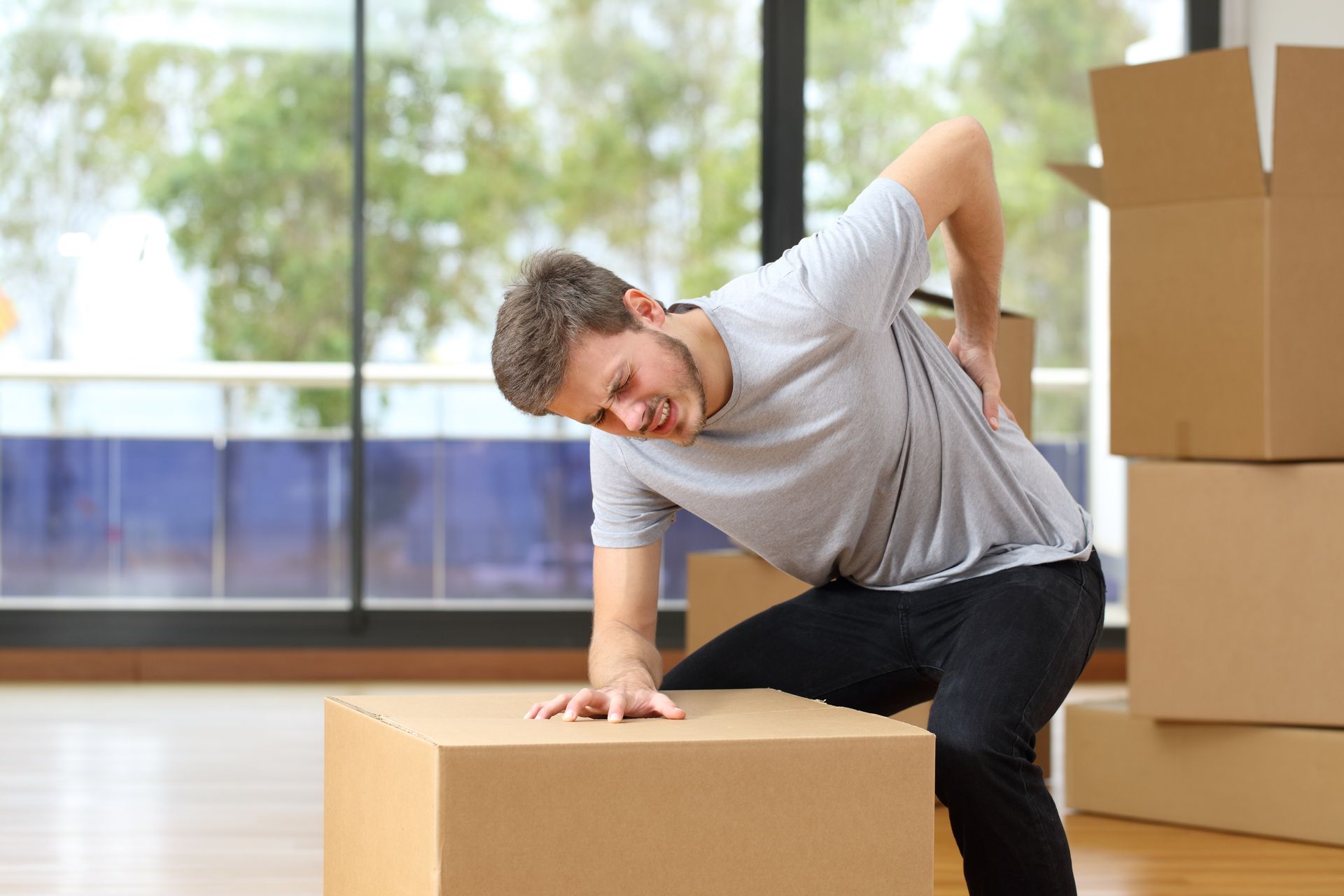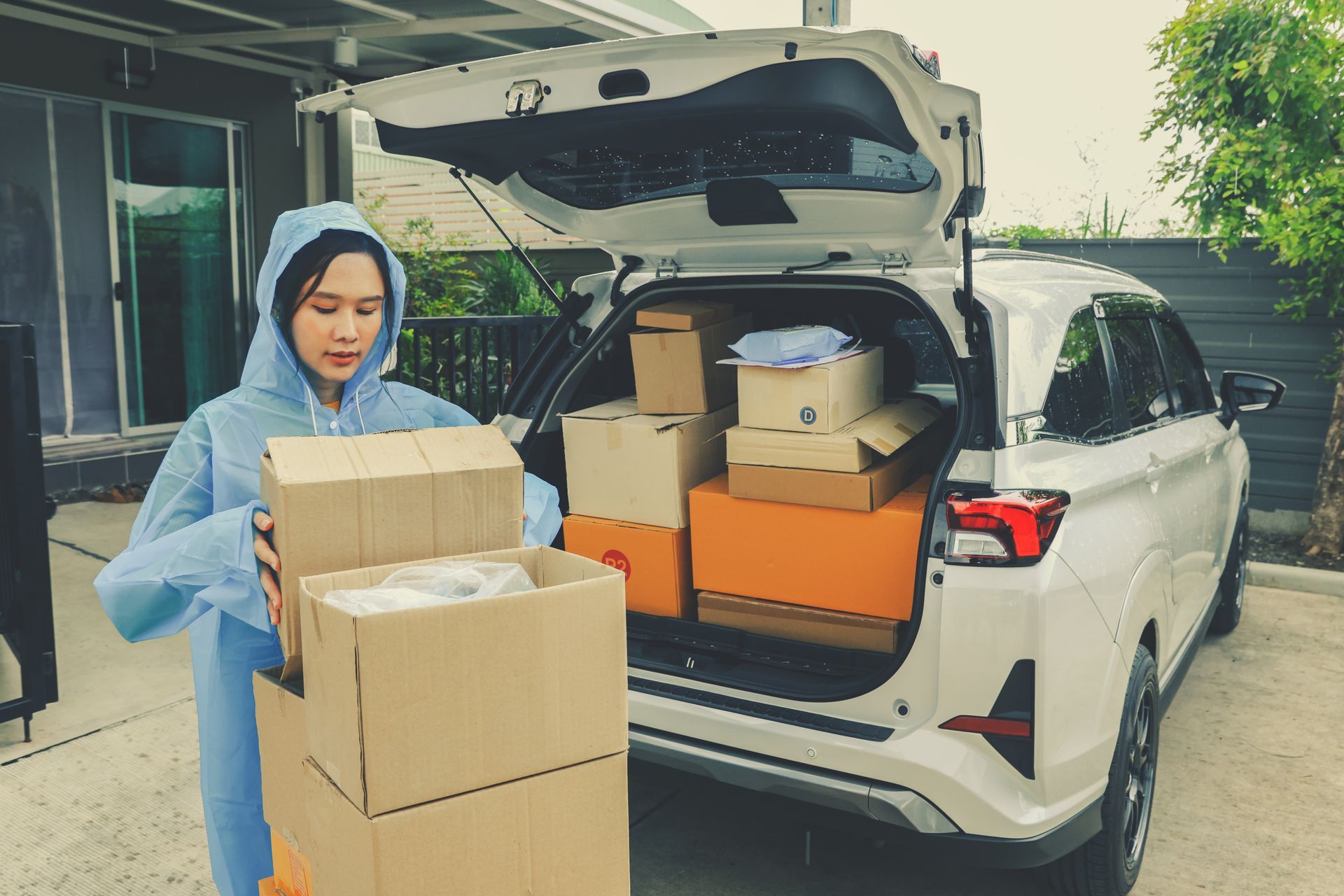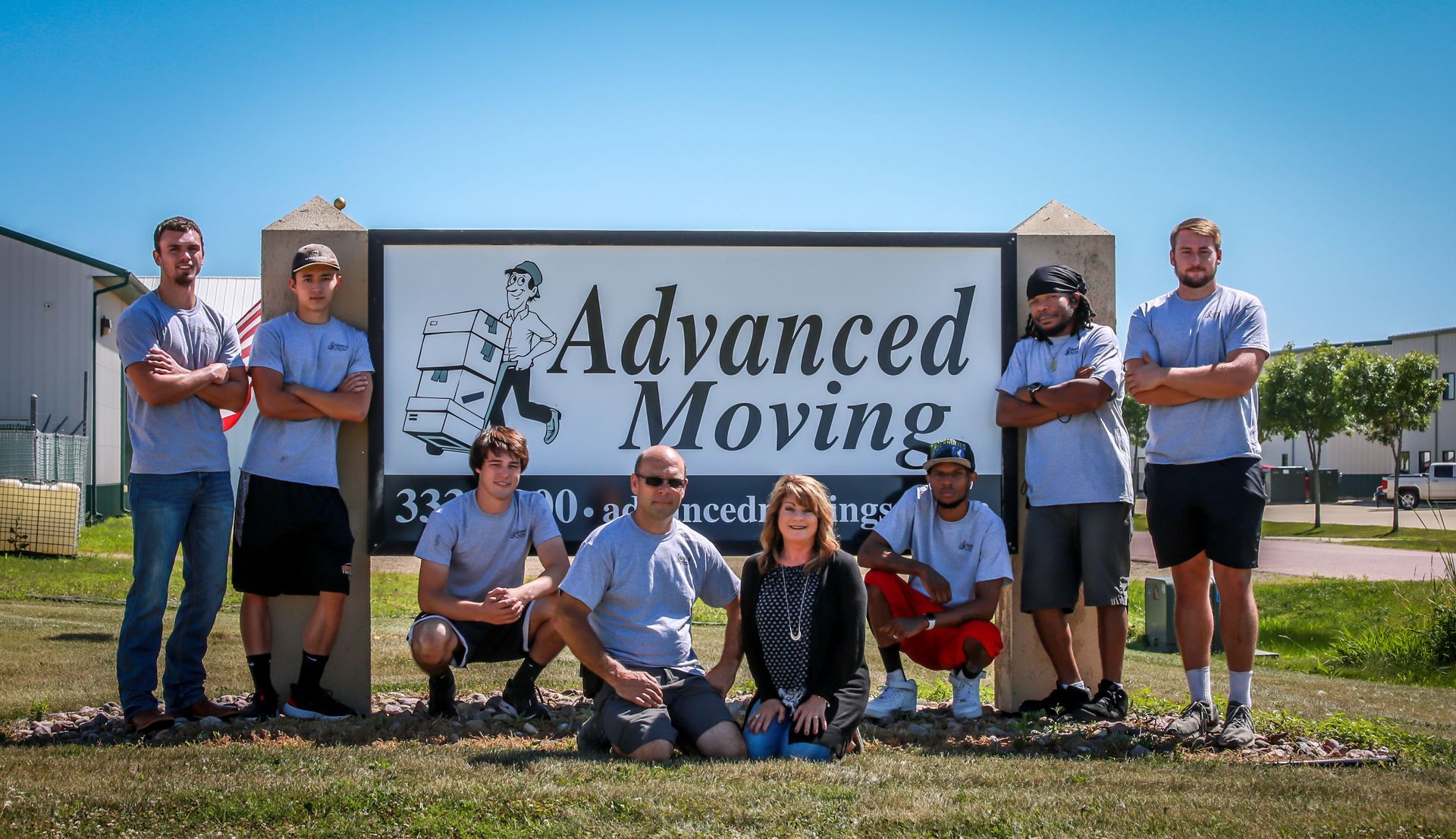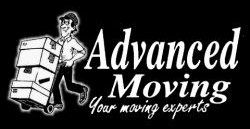
Common Moving Injuries & How to Prevent Them
Moving can often be an exciting step towards new opportunities, but amidst the hustle of packing and organizing, it's easy to overlook the risks involved. Common moving injuries are a real concern, and they tend to occur when you least expect them. As you plan for your moving day, know that strains, sprains, and more serious injuries can turn an otherwise smooth transition into a painful ordeal.
Your safety should always come first, especially when dealing with the physical demands of moving. Advanced Moving understands the importance of this and has honed its approach over years to ensure a seamless and injury-free experience. It's not just about lifting boxes; it's about smart preparation, utilizing the right equipment, and employing techniques that protect your well-being.
Remember, a safe move is more than just muscle—it’s a carefully thought-out process. By familiarizing yourself with prevention strategies, such as using proper lifting techniques and knowing when to rely on professional services, you can avoid the mishaps that often accompany a move. Whether it's a priceless family heirloom or your day-to-day office essentials, safety and efficiency go hand-in-hand to keep both you and your belongings secure.
Understanding Common Moving Injuries
When you're moving, there's a good amount you need to be aware of to avoid getting hurt. The process can be physical and sometimes risky, so understanding what you're up against can help you stay safe.
Types of Injuries
Muscle Strains and Sprains: These injuries are often a result of lifting heavy items incorrectly or overexertion. Be particularly mindful of your back, as strains here are common and can be quite painful.
Fractures and Dislocations: Whether it's a slip or a fall, bones can break and joints can pop out of place. Your shoulders and ankles are especially vulnerable during a move.
Cuts and Scrapes: Boxes and furniture can have sharp edges and corners. Without careful handling, you can end up with various skin injuries.
Herniated Disks: This is a back injury that can occur if you lift something heavy and twist your spine.
Body Parts at Risk
Back: Strains, herniated disks
Knees: Sprains, fractures
Ankles: Sprains, strains, and fractures
Shoulders: Strains, dislocations, muscle tears
Neck: Strains, muscle cramps
Hands and Fingers: Cuts, bruises, fractures
Remember to protect these areas by using proper lifting techniques, wearing appropriate attire, and being aware of your surroundings. Taking these precautions can greatly reduce your risk of injury during a move.
How to Prevent Moving Injuries
Getting ready for a move? Remember, safety is as important as getting all your stuff from point A to point B. By recognizing your own limits and considering professional help, you can avoid common injuries that come with moving.
Recognize Your Limitations
You need to understand what you can handle. Don’t overestimate your strength or stamina. If you’ve got a lot on your plate or if your belongings are particularly heavy, it might be wise to admit that some tasks are beyond your capabilities.
- Assess the weight of each item before lifting.
- Use proper lifting techniques: keep your back straight, bend at the knees, and lift with your leg muscles.
- Take breaks when you feel tired to avoid fatigue-related injuries.
- If an item seems too awkward or heavy, don’t risk it—wait for help.
Hire a Moving Company
Sometimes, the best way to prevent injuries is to let the professionals handle the heavy lifting. Consider reaching out to a local moving company like Advanced Moving in Sioux Falls. Get a free moving quote to help you decide.
- Professional movers are trained and equipped to handle bulky items safely.
- The staff from a reputable company like Advanced Moving comes experienced and well-prepared with the necessary equipment.
- Advanced Moving offers personalized and professional services, whether you're moving a single piece of furniture or an entire office setup.
- By choosing to hire a moving company like Advanced Moving, you’re not just getting manpower; you’re getting a team that’s well-versed in the logistics of moving, which includes safeguarding your belongings.
Proper Lifting Techniques & Equipment
Lifting something the wrong way can really do a number on your back, knees, or shoulders. So, when you’re looking at that couch or box that needs moving, remember to use proper lifting techniques to keep those muscles and joints happy.
First off, before you even pick up anything:
- Assess the object – Can you lift it alone, or should you get help?
- Plan your route – Clear any obstacles so you won’t need to dodge or twist unexpectedly.
When it’s time to lift:
- Stand close to the object with feet shoulder-width apart.
- Bend at the knees and hips, not your waist.
- Firmly grip the object.
- Lift using your legs, not your back or upper body.
- Keep the item close to your body as you stand up.
- No twisting. Turn your whole body, feet first.
And wear gloves if you're grabbing something that might splinter or is rough around the edges.
When to Use Moving Equipment
Dollies: For heavy, boxed items or appliances.
Furniture Sliders: To glide large items across the floor.
Moving Straps: To evenly distribute weight, reduce strain.
Remember that equipment like moving straps can be a lifesaver for your back when utilized properly. They help distribute the weight, making that heavy lifting task a bit easier. Dollies or hand trucks are ideal for moving multiple boxes or really heavy items—just push instead of pulling to protect your back.
Having the right gear, whether it’s straps to reduce strain, furniture sliders to ease things across the floor, or a dolly to take on the bulk of the weight, can make all the difference. Consider renting or buying these if you don’t have them—they’re worth it for a safe move.
Pre-Move Preparation
Before you start tossing your belongings into boxes, it's wise to have a game plan. Proper packing is critical not only for the safety of your items but also for your physical well-being. Let's dive into how you can pack smartly and prep your body for the move.
Packing Strategy
Develop a Plan: Draft a packing schedule so you're not overwhelmed. Allocate time each day to pack different areas of your home. This way, you’ll avoid the last-minute rush that often leads to injury.
- Sort Your Stuff: Decide what to keep, donate, or throw away. This reduces the number of items you have to pack and move.
- Gather Supplies: Stock up on boxes, tape, bubble wrap, and markers. Having the right tools on hand makes the process smoother.
- Box Size Matters: Use smaller boxes for heavier items and larger boxes for lighter ones. This prevents overpacking and makes it easier to keep your lifts light.
Prep Your Body:
- Exercise Regularly: Maintain a routine of regular exercise leading up to your move. Strong muscles can handle the physical strain better.
- Warm Up: Before you start packing, do a quick warm-up to get blood flowing to your muscles.
- Stretch: Incorporate stretches, especially for your back, arms, and legs. It reduces the risk of strains and sprains.
By taking the time to prepare correctly, you can avoid moving injuries and ensure a safer transition to your new home.
Safety Measures on Moving Day
When moving day arrives, your safety is paramount. Taking the right precautions will help you avoid common injuries, whether you’re packing up a studio apartment or a multi-story house. Here are some specific strategies for staying safe.
Personal Protective Equipment
Protective gear might not be the first thing on your moving checklist, but it should be. Here’s what you’ll need:
- Gloves: A sturdy pair of gloves can protect your hands from cuts and provide a better grip on boxes and furniture.
- Closed-toe Shoes: Don't overlook your footwear. Closed-toe, sturdy shoes will shield your feet from falling objects.
- Kneepads: If you'll be lifting heavy items, consider kneepads to safeguard your knees from strain and injury.
Navigating Obstacles and Hazards
Your path should be as clear as a runway:
- Preparation: Before lifting a single box, walk the route you'll take and remove any potential obstacles or tripping hazards. This includes securing cords, rolling up rugs, and ensuring the floors are dry.
- Tables, checklists, and diagrams can be very helpful in planning.
- Lifting Techniques: Always lift with your legs, not your back. If an item is too heavy, wait for help. Team-lifting is your friend for bulky or awkward items.
- Frequent Breaks: Moving is a marathon, not a sprint. Taking frequent breaks can prevent both fatigue and injury.
By paying attention to these safety measures, you can help make moving day a smooth and harm-free event. Remember, using the proper equipment and techniques not only protects you but also ensures everything arrives at your new home in one piece.
You might also like
Book Your Move Today
We will get back to you as soon as possible
Please try again later
Quick & Reliable
Contact us today for a Free Moving Quote!
All Rights Reserved | Advanced Moving | Website Designed by Brinks Web Solutions





